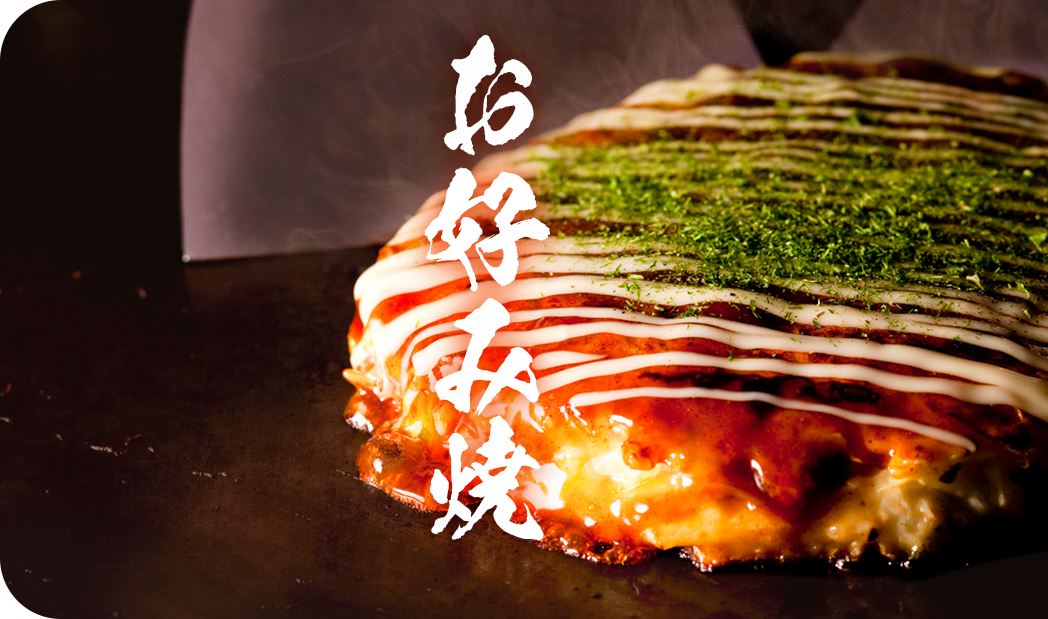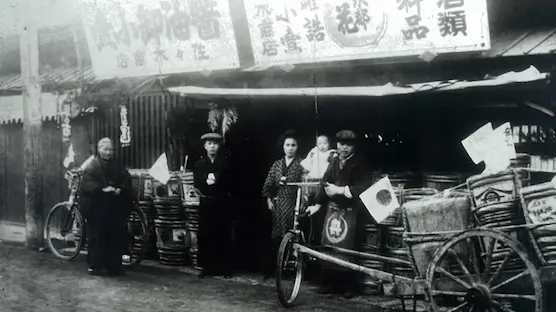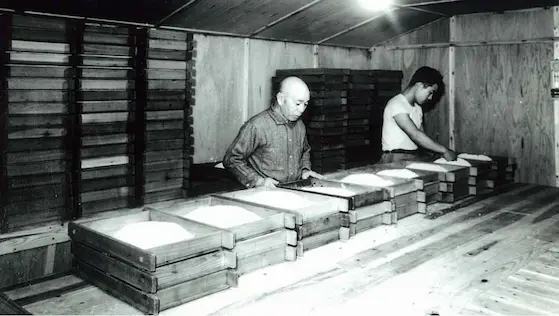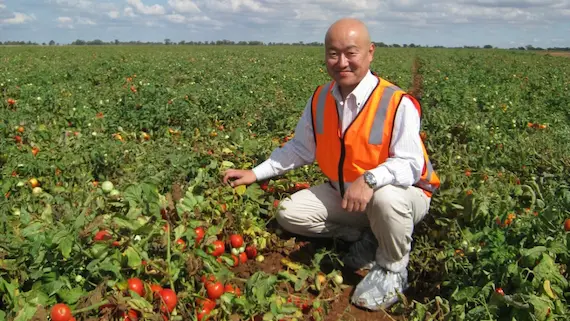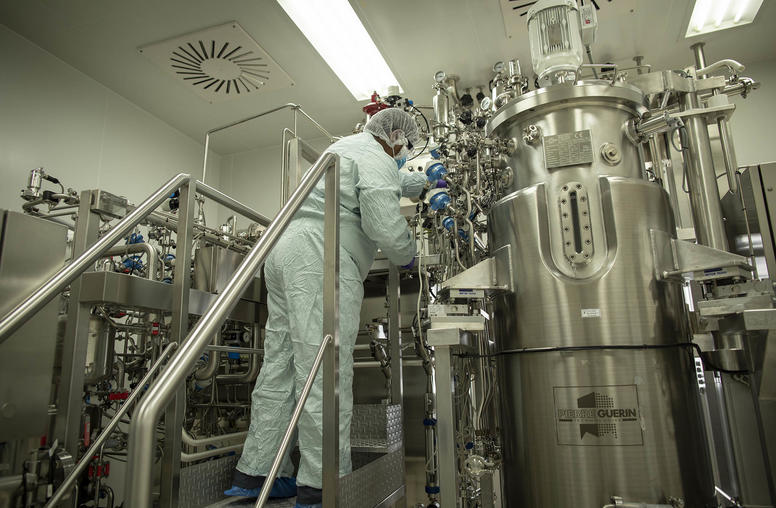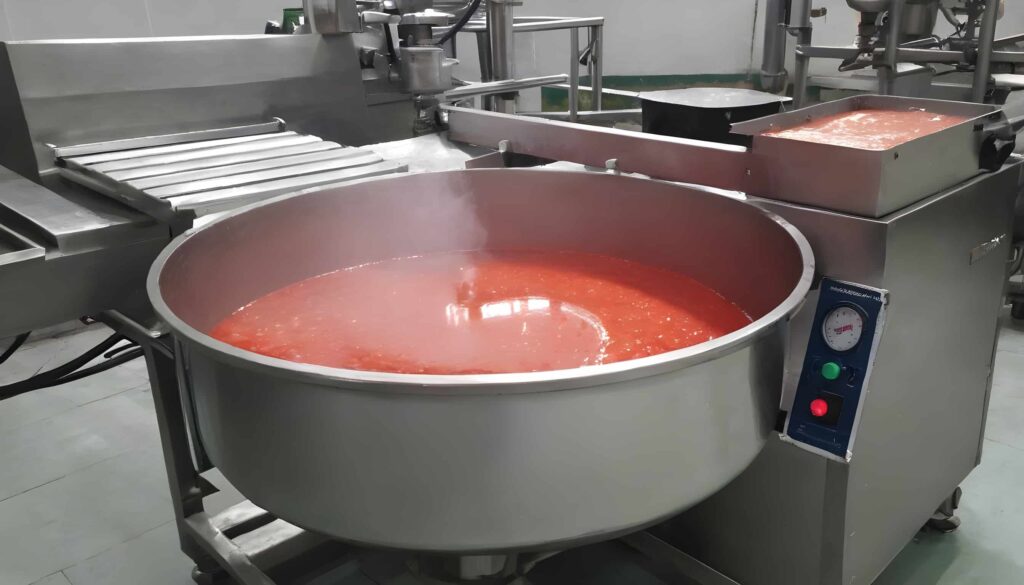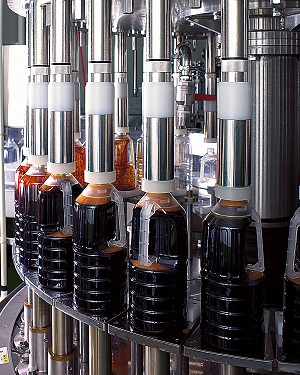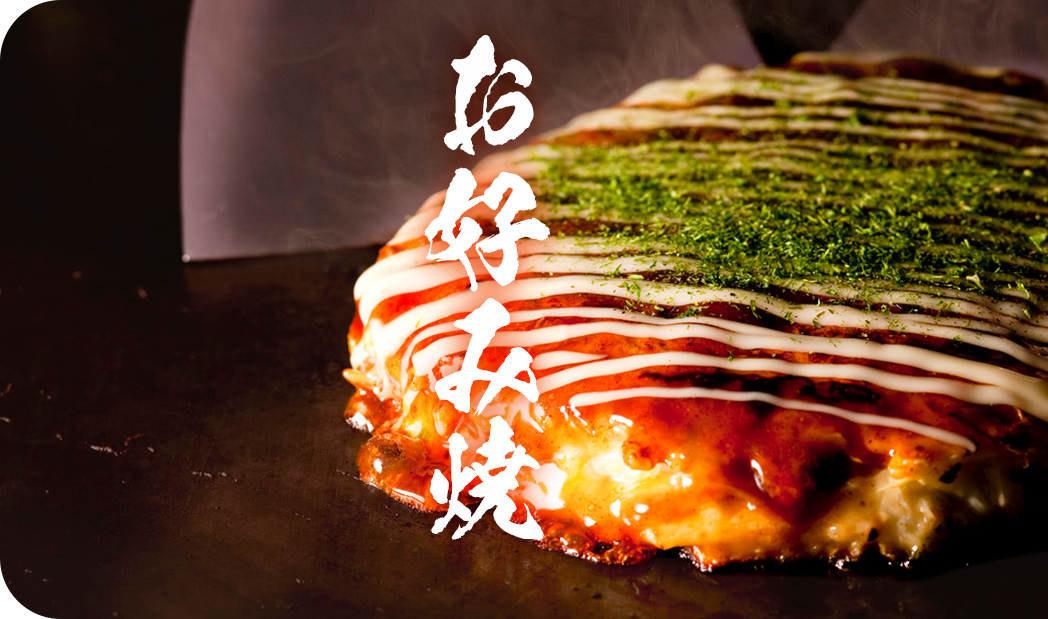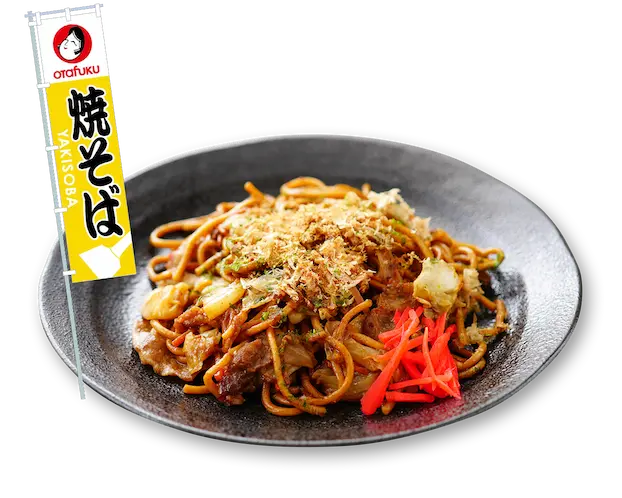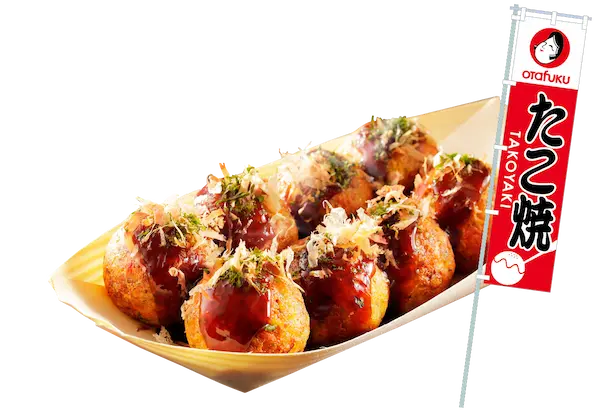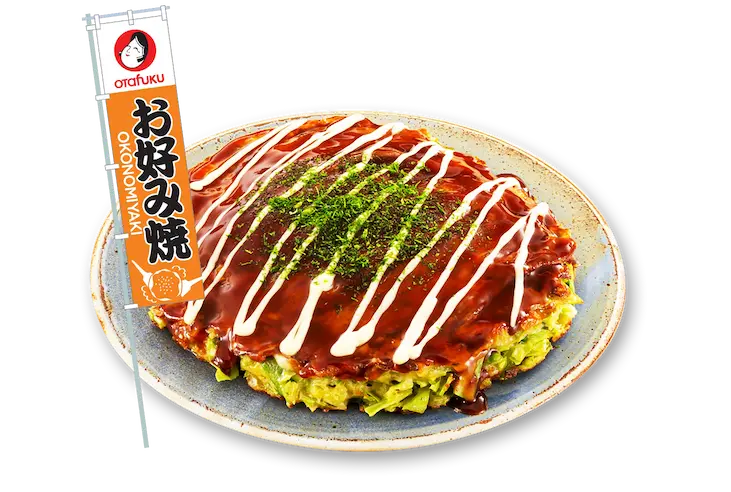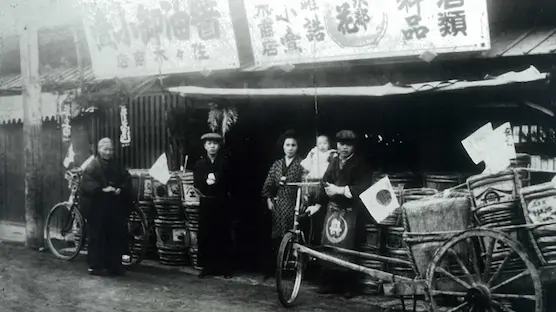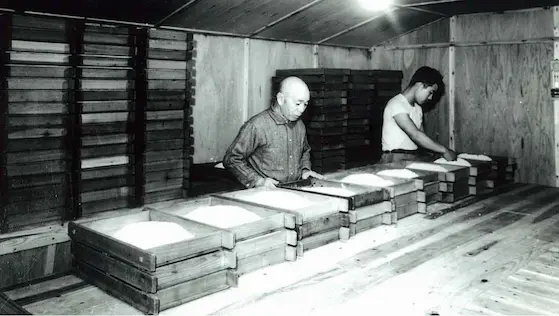ABOUT: OTAFUKU
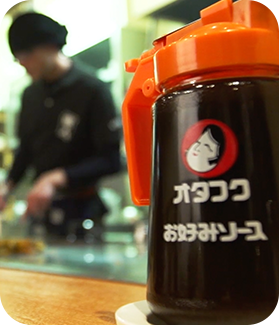
The name “Otafuku” is meant to represent “Bringing happiness to a great amount of people.” Our face logo image (Otafuku-san) consists of her thin eyes (showing an ever smiling face), her low nose (representing humility), her tiny mouth (implying that she does not waste her words), her large ears (signifying her ability to listen),her robust cheeks (indicating a healthy body and mind), and her wide forehead (portraying her wisdom), which are all expressions to show us that her beauty is internal. The basic flavors are sweetness, sourness, saltiness, bitterness, and umami. We hope to be loved forever by everyone who knows about the sweet, sour, and bitter times of life, and this is why we have used the “Otafuku” brand over our long history.In order for people around the world to enjoy our products, we create products that not only taste authentic Japanese, but also match local tastes.By working daily to develop custom-made seasonings to match a wide variety of menus, we have accumulated a great deal of know-how and ideas as well as strong development capabilities.

OUR PRODUCT
BENEFITS
Rich Umami Flavor:
The sauce enhances the savory taste of dishes with its umami profile, which can help satisfy taste cravings while providing a depth of flavor without being too overwhelming. Like yakisoba sauce, okonomiyaki sauce provides a savory umami profile, which can make foods more satisfying and help reduce the need for excessive...

Contains Antioxidants:
Some of the ingredients, like soy sauce and ketchup, contain antioxidants, which can help neutralize free radicals in the body and support overall health. Soy sauce contains amino acids, including some essential ones like glutamic acid, which contributes to the umami taste and supports protein synthesis.
Low in Fat:
Otafuku sauce is generally low in fat, which makes it a healthier alternative to some other sauces that can be high in unhealthy fats (like mayonnaise or creamy dressings). It adds bold flavor without the need for extra oils or fats. These sauce are relatively low in fat, making it a flavorful option without adding too much unhealthy fat.





